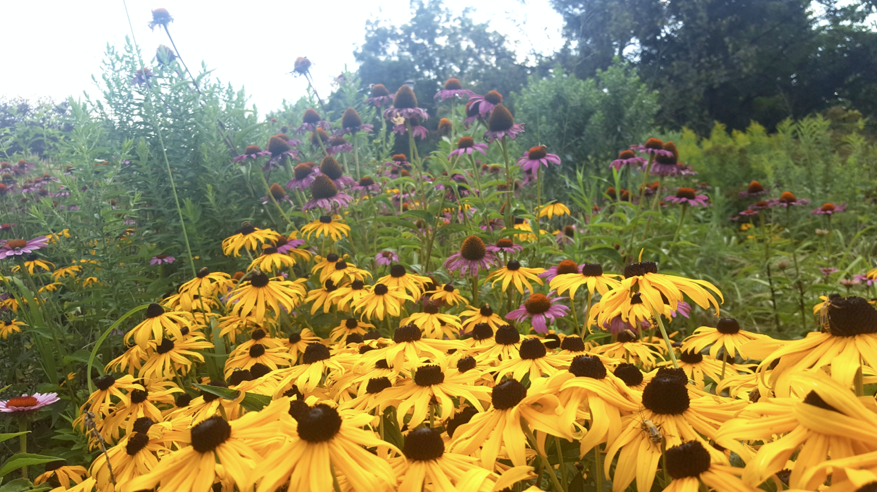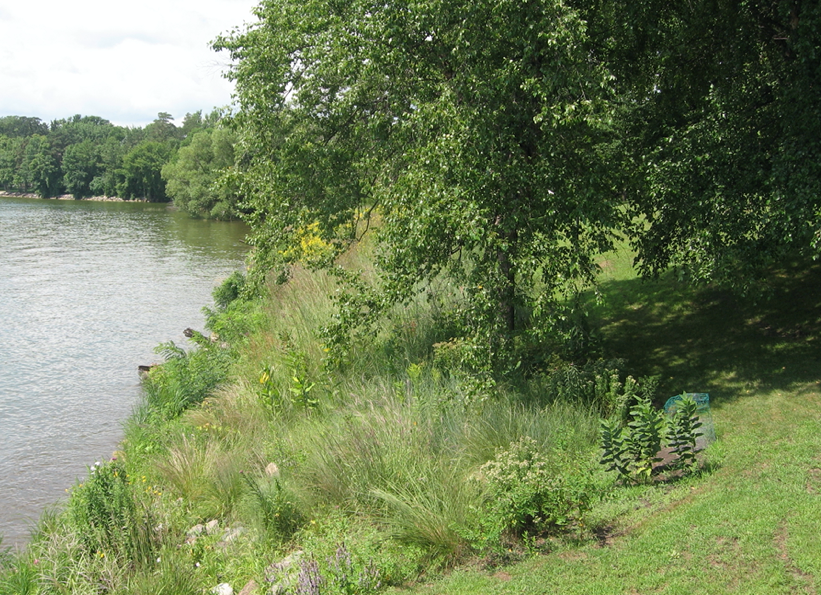Chapter 5. Grass Selection and Butterfly Pairings
5.1 How to Begin?
So, how do you decide which grass is the best for your landscape? When determining which native grass is right for your specific planting, you should first take into consideration the site conditions. Site considerations include the soil type, amount of sun, and the size and location of your planting. This will help narrow down the native grasses that you should choose for the site. Secondly, you should consider your design needs. What size, shape, and color fits best in your design? Thirdly, consider the temporal aspect of your planting. Do you want something that blooms mid-summer or in the fall?
For a quick guide to species for tough sites, take a look at this list from Mary Meyer, made for the 30th anniversary of the Grass Collection at the Minnesota Landscape Arboretum. This list includes both native and non-native grasses, so be aware and double check the grass species at USDA plants to figure out if it’s native or not.

Nativar vs. Plant from Native Seed
Once initial considerations are narrowed down, you can make the decision between using a nativar or a plant grown from native seed. For the bonuses and drawbacks and nativars vs. plants grown from native seed refer to section 2.4. Even when selecting native seed, different regional ecotypes are available, so research the origin of the seed you will be using.

Functional Gardens
Native grasses are great plants for gardens that are designed with sustainable or ecological goals, such as pollinator gardens or rain gardens. There are numerous resources available for anyone interested in both pollinator and rain gardens. Organizations that have resources on pollinator gardens include the University of Minnesota Extension, the University of Minnesota Bee Lab, and the Xerces Society. Organizations that have resources on rain gardens include the University of Minnesota Extension, the Evironmental Protection Agency, and the Wisconsin Department of Natural Resources.


